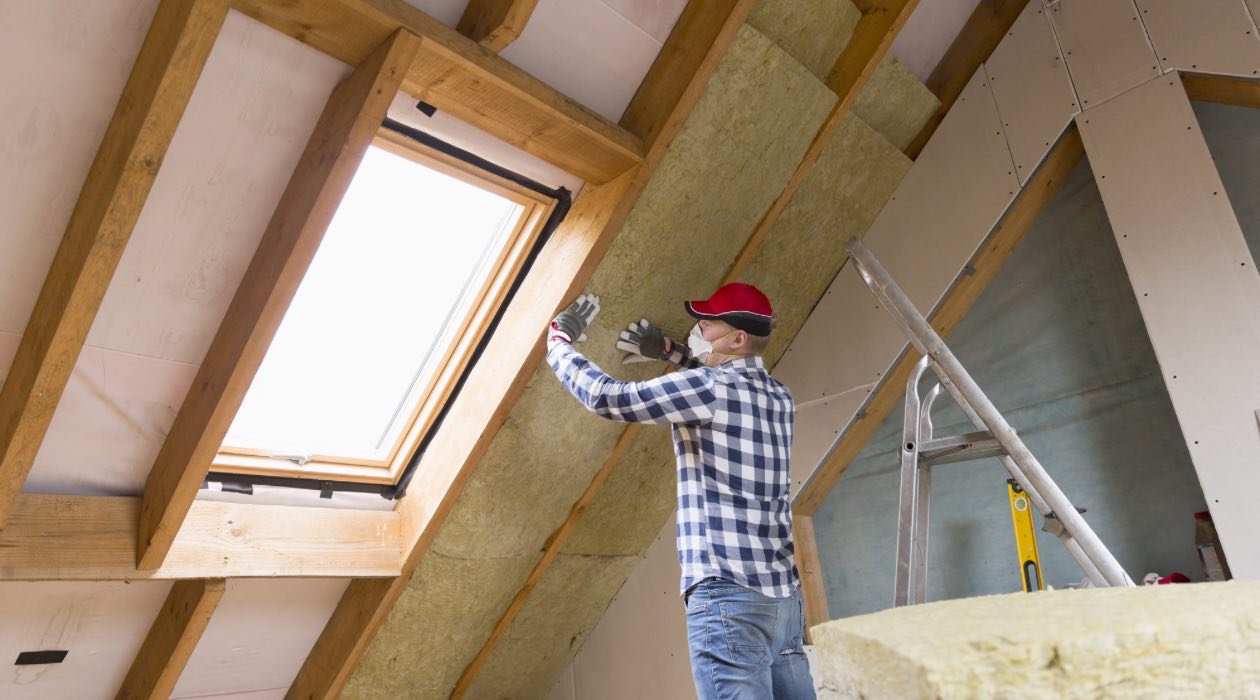

Articles
How To Get Rid Of Moisture In The Attic
Modified: November 2, 2024
Learn effective ways to remove excess moisture in your attic with our informative articles. Say goodbye to dampness and protect your home from potential damage.
(Many of the links in this article redirect to a specific reviewed product. Your purchase of these products through affiliate links helps to generate commission for Storables.com, at no extra cost. Learn more)
Introduction – Importance of addressing moisture in the attic
Moisture in the attic can cause significant damage to your home and compromise its structural integrity. It is a common issue that many homeowners overlook, but it is crucial to address it promptly to prevent long-term consequences. Excess moisture can lead to the growth of mold and mildew, which can not only cause health issues but also damage the insulation, wood, and other materials in your attic.
One of the main reasons why moisture accumulates in the attic is poor ventilation. Without proper airflow, moisture tends to linger and can lead to condensation, which can then seep into the walls and roof. Additionally, roof leaks, plumbing issues, and even humid weather can contribute to attic moisture problems.
It is important to take action as soon as you notice signs of moisture in your attic. This includes condensation on windows or walls, a musty odor, or visible mold or mildew growth. Ignoring these warning signs can result in expensive repairs and potential health hazards for you and your family.
In this article, we will discuss the common causes of moisture in the attic, the signs to look out for, and provide a step-by-step guide on how to get rid of moisture in the attic. Additionally, we will share preventive measures to help you maintain a dry and healthy attic.
By addressing the moisture issue in your attic, you can protect your home, prolong its lifespan, and ensure a safe and comfortable living environment for you and your loved ones. Let’s dive in and explore the solutions to eliminate moisture in the attic once and for all.
Key Takeaways:
- Addressing moisture in the attic is crucial to prevent structural damage and health hazards. Prompt action, proper ventilation, and regular maintenance are key to maintaining a dry and healthy attic environment.
- Recognizing signs of moisture, such as condensation and musty odors, is essential for timely intervention. Repairing roof leaks, improving ventilation, and implementing preventive measures are vital steps to eliminate and prevent attic moisture issues.
Read more: How To Get Rid Of Bats In The Attic
Common Causes of Moisture in the Attic
Poor ventilation, a leaking roof, and plumbing issues are three common causes of moisture in the attic. Let’s take a closer look at each of these factors:
Poor ventilation
Inadequate ventilation in the attic hinders the natural airflow, trapping moisture inside. This can be a result of improperly installed or blocked vents. Without proper ventilation, hot, moist air from the living spaces below cannot escape, leading to condensation and elevated humidity levels in the attic. Over time, this excess moisture can cause damage to the insulation, wood, and other structural components of the attic.
Leaking roof
A leaking roof is a major culprit when it comes to moisture problems in the attic. Even small roof leaks can allow water to seep into the attic, leading to dampness and the potential for mold and mildew growth. Roof leaks can be caused by damaged or missing shingles, deteriorated flashing, or issues with the roof membrane. It is crucial to identify and fix any roof leaks promptly to prevent further damage to your attic and home.
Plumbing issues
Plumbing issues, such as leaks or pipe condensation, can also contribute to moisture problems in the attic. If there are plumbing lines running through the attic, any leaks or condensation can introduce excess moisture into the space. This can result in dampness, water damage, and the growth of mold and mildew. Regular inspection and maintenance of your plumbing system are essential to catch and rectify any issues before they cause further damage.
Addressing these common causes of moisture in the attic is crucial to prevent long-term damage and maintain a healthy living environment. In the following sections, we will explore the signs of moisture in the attic and provide you with a step-by-step guide on how to eliminate and prevent moisture issues in your attic.
Read more: How To Get Rid Of Termites In The Attic
Signs of Moisture in the Attic
Recognizing the signs of moisture in the attic is crucial in determining whether you have a problem that needs to be addressed. Here are some common signs to look out for:
Condensation on windows or walls
If you notice moisture or water droplets on the windows or walls in your attic, it is a clear indication of excess humidity. Condensation occurs when warm, moist air comes into contact with a cool surface, such as windows or walls. This can lead to water accumulation, which can eventually cause damage to the surrounding materials and promote the growth of mold and mildew.
Musty odor
A musty odor in the attic is often a sign of excessive moisture. This smell is usually caused by the presence of mold or mildew. As moisture accumulates, it creates an ideal breeding ground for these fungi. If you detect a musty smell when entering your attic, it is essential to investigate further to identify the source of the moisture and take appropriate action to eliminate it.
Mold or mildew growth
The presence of mold or mildew in the attic is a clear indication of a moisture problem. Mold and mildew thrive in damp environments and can quickly spread if not treated promptly. Look for any visible signs of mold or mildew growth on the walls, ceiling, insulation, or other surfaces in your attic. It is important to note that mold growth can have serious health implications, so it is crucial to address the issue as soon as possible.
If you notice any of these signs of moisture in your attic, it is important to take action to eliminate the problem. In the next section, we will provide you with a step-by-step guide to help you get rid of moisture in the attic and prevent it from recurring.
Read more: How To Get Rid Of Pigeons In The Attic
Step-by-Step Guide to Eliminate Moisture in the Attic
To effectively eliminate moisture in the attic, follow these step-by-step instructions:
1. Inspect and repair any roof leaks
The first step is to thoroughly inspect your roof for any signs of damage or leaks. Check for missing or damaged shingles, deteriorated flashing, or any other issues that may be allowing water to enter the attic. Address any identified leaks promptly by repairing or replacing damaged roofing materials. It is essential to fix the roof leaks to prevent further moisture infiltration into the attic space.
2. Improve attic ventilation
Inadequate ventilation is a common cause of attic moisture problems. Assess your attic’s ventilation system and ensure that it is functioning properly. Consider installing additional vents, such as ridge vents or soffit vents, to improve airflow. Proper ventilation allows for the escape of hot, moist air and helps reduce humidity levels in the attic. Consult a professional if you are unsure about the best ventilation solution for your attic.
3. Insulate the attic properly
Proper insulation plays a vital role in reducing moisture buildup in the attic. Ensure that your attic is adequately insulated to prevent warm, humid air from reaching the cooler surfaces of the attic. It is essential to use insulation materials with a vapor barrier to prevent condensation. Consult with an insulation specialist or a professional contractor to determine the appropriate type and amount of insulation needed for your attic.
Read more: How To Get Rid Of Crickets In The Attic
4. Seal any air leaks
Air leaks can introduce moisture into the attic, so it is crucial to seal any gaps or cracks in the attic walls, ceilings, or around vents and windows. Use caulk or weatherstripping to seal these openings and prevent warm, moist air from entering the attic. Proper sealing helps maintain a controlled environment and prevents the formation of condensation and moisture-related issues.
5. Address plumbing issues
If you have plumbing lines running through your attic, it is crucial to inspect them for leaks or condensation. Repair any plumbing issues promptly to prevent the introduction of excess moisture into the attic. Regularly monitor the plumbing system and address any maintenance or repair needs to avoid potential water damage and moisture-related problems.
By following these steps, you can effectively eliminate moisture in the attic and prevent it from causing further damage. In the next section, we will discuss preventive measures to help you maintain a dry and healthy attic.
Preventive Measures to Maintain a Dry Attic
To ensure that your attic remains dry and free from moisture-related issues, it is important to take proactive preventive measures. Here are some essential steps to maintain a dry attic:
1. Regularly inspect and maintain the roof
One of the best ways to prevent moisture issues in the attic is to regularly inspect and maintain your roof. Check for any signs of damage, such as cracked or missing shingles, damaged flashing, or clogged gutters. Promptly repair or replace any damaged roofing materials to prevent water from entering the attic. Regular roof maintenance is crucial in preventing roof leaks that can lead to attic moisture problems.
Read more: How To Get Rid Of Spiders In The Attic
2. Monitor humidity levels in the home
Monitoring the humidity levels in your home can help you identify and prevent excessive moisture buildup in the attic. Use a hygrometer to measure the humidity levels in different areas, including the attic. Ideally, the humidity levels should be kept below 50%. If you notice consistently high humidity levels, consider using a dehumidifier or improving ventilation to reduce moisture in the air and minimize the risk of attic moisture problems.
3. Clear gutters and downspouts
Clogged gutters and downspouts can lead to water overflow, which can seep into your attic and cause moisture issues. Regularly clean and clear your gutters to ensure that rainwater is properly directed away from your home. Install gutter guards to help prevent debris from clogging the gutters. Additionally, ensure that downspouts are directing water at least 3 feet away from the foundation of your home to prevent water from pooling around your attic area.
4. Avoid excessive storage in the attic
While attics are commonly used for storage, it is important to avoid excessive storage that can restrict airflow and lead to moisture buildup. Allow for proper ventilation and airflow by keeping the attic area clear and allowing space around insulation. Avoid stacking items directly on top of each other to allow for air circulation. Keeping the attic area well-organized and clutter-free will help maintain a dry and healthy environment.
By implementing these preventive measures, you can maintain a dry attic and reduce the risk of moisture-related issues. Regular maintenance, monitoring humidity levels, and promoting proper ventilation are key to ensuring a healthy and moisture-free attic space.
Conclusion – Importance of taking prompt action to get rid of moisture in the attic
Addressing moisture in the attic is crucial for maintaining the structural integrity of your home and ensuring a healthy living environment. Excess moisture can lead to the growth of mold and mildew, which not only damages the attic’s insulation and materials but also poses health risks to you and your family. It is essential to take prompt action when signs of moisture appear in your attic.
By identifying and addressing the common causes of moisture, such as poor ventilation, leaking roofs, plumbing issues, and taking steps to eliminate them, you can prevent further damage and costly repairs. Improving attic ventilation, repairing roof leaks, properly insulating the attic, sealing air leaks, and addressing plumbing problems are all necessary steps to eliminate moisture and maintain a dry attic.
Additionally, implementing preventive measures is key to maintaining a dry attic in the long term. Regularly inspecting and maintaining the roof, monitoring humidity levels in the home, clearing gutters and downspouts, and avoiding excessive storage in the attic are essential practices to prevent moisture-related issues from occurring in the future.
By taking prompt action to eliminate moisture in the attic, you can protect your home’s structure, prevent health hazards, and maintain a comfortable living space. It is important to remember that prolonged exposure to moisture can cause long-lasting damage and compromise the overall quality of your home.
Ultimately, by staying vigilant, addressing moisture issues promptly, and following these preventive measures, you can ensure that your attic remains dry and free from moisture-related concerns for years to come. So, don’t wait – take action today and secure a dry and healthy attic environment for yourself and your family.
Frequently Asked Questions about How To Get Rid Of Moisture In The Attic
Was this page helpful?
At Storables.com, we guarantee accurate and reliable information. Our content, validated by Expert Board Contributors, is crafted following stringent Editorial Policies. We're committed to providing you with well-researched, expert-backed insights for all your informational needs.
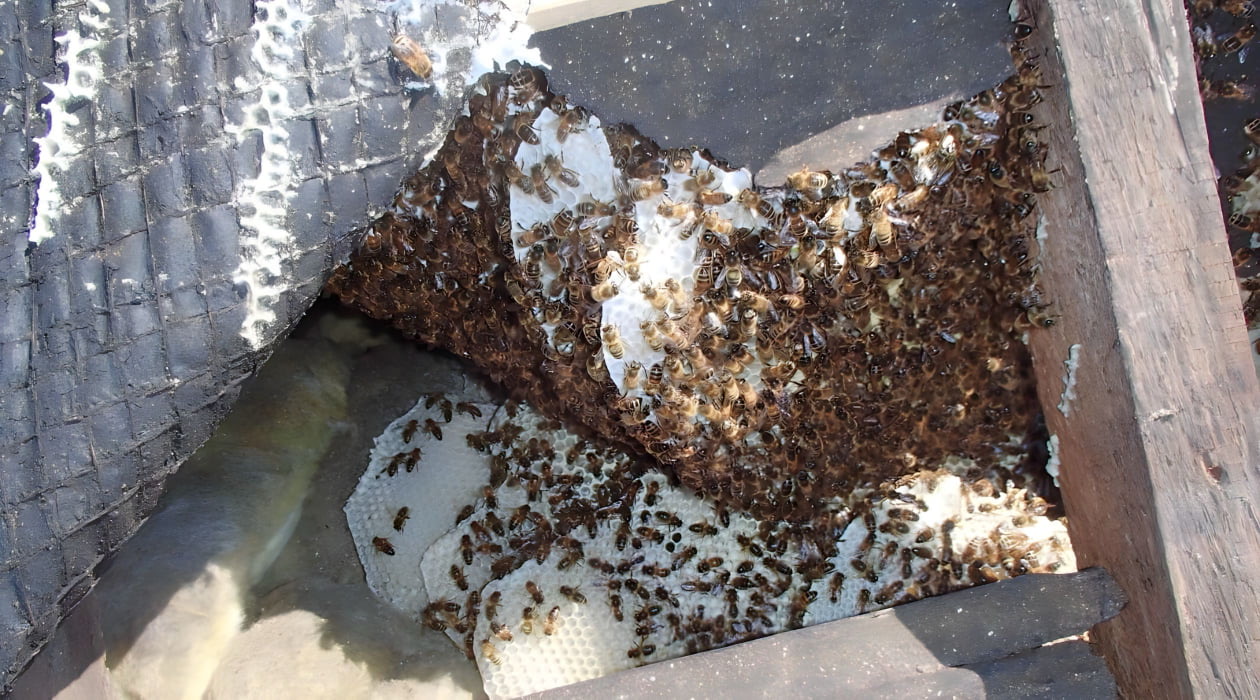
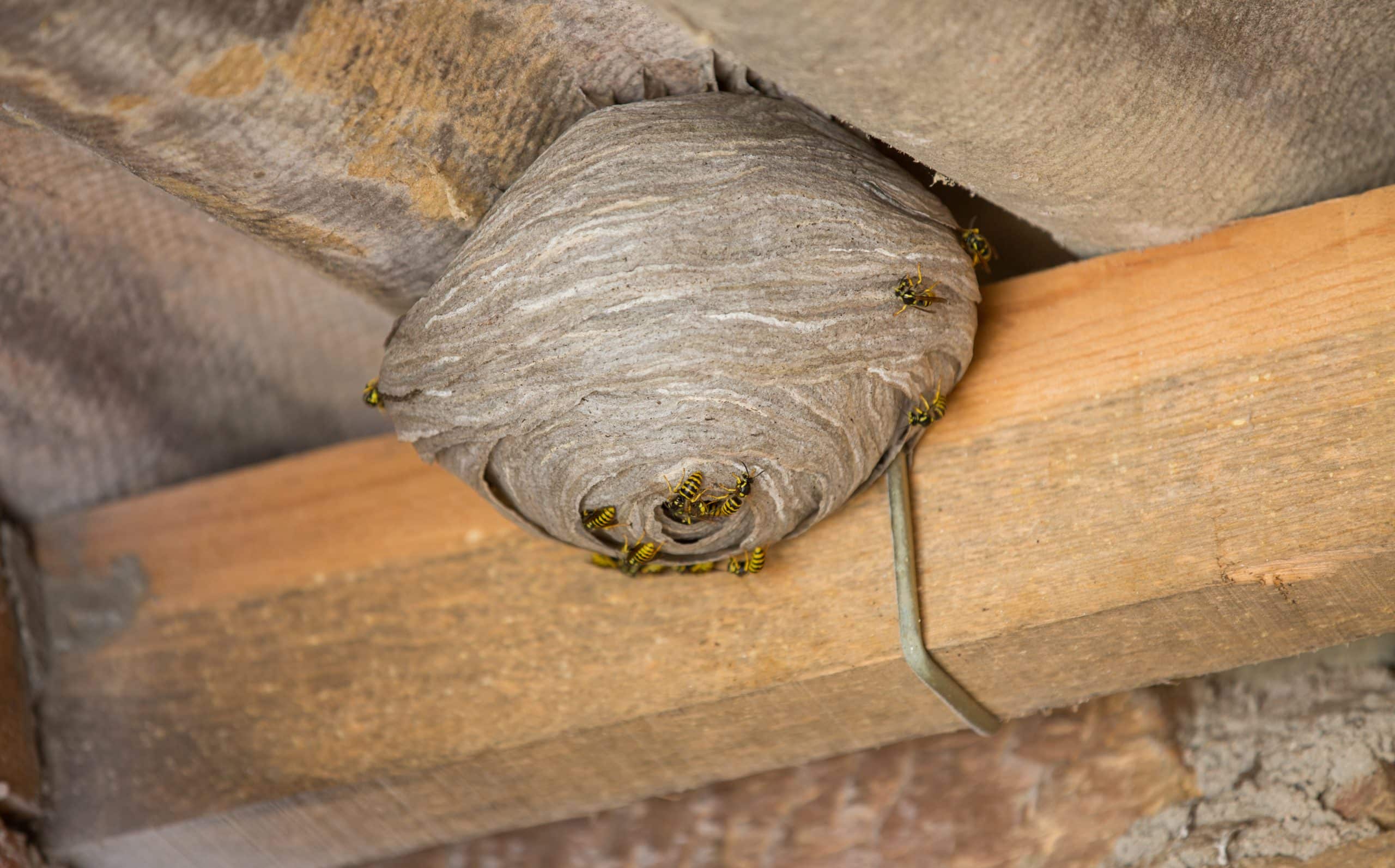
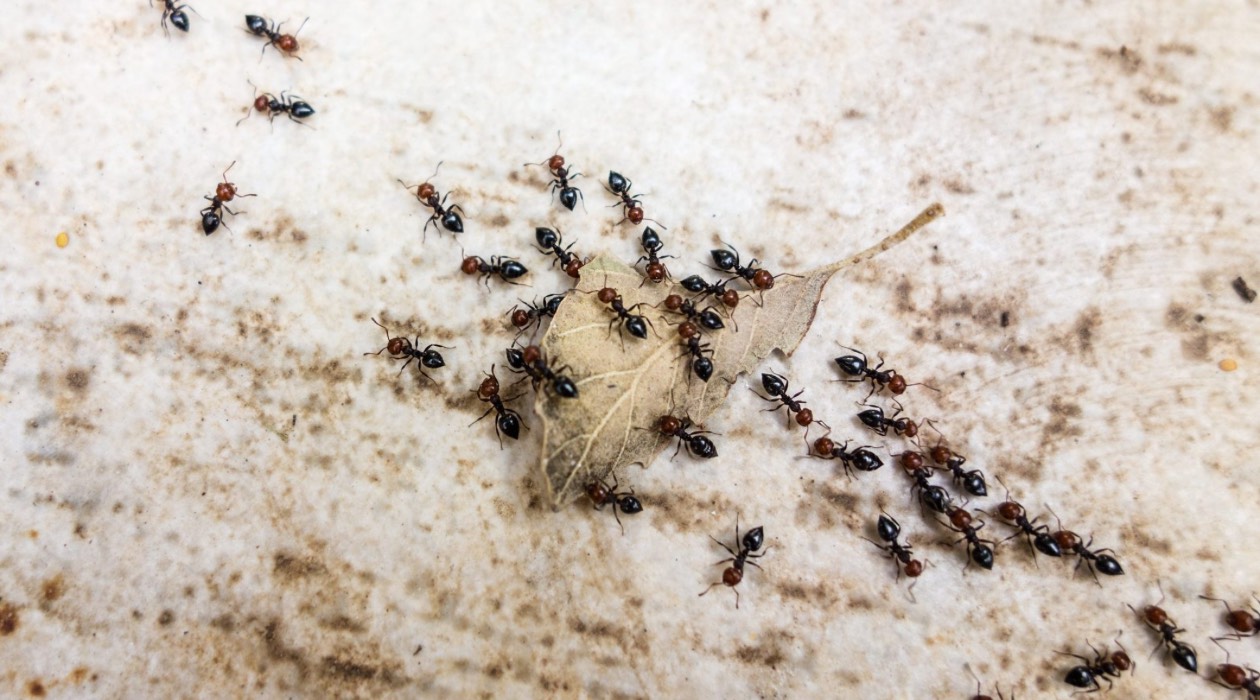

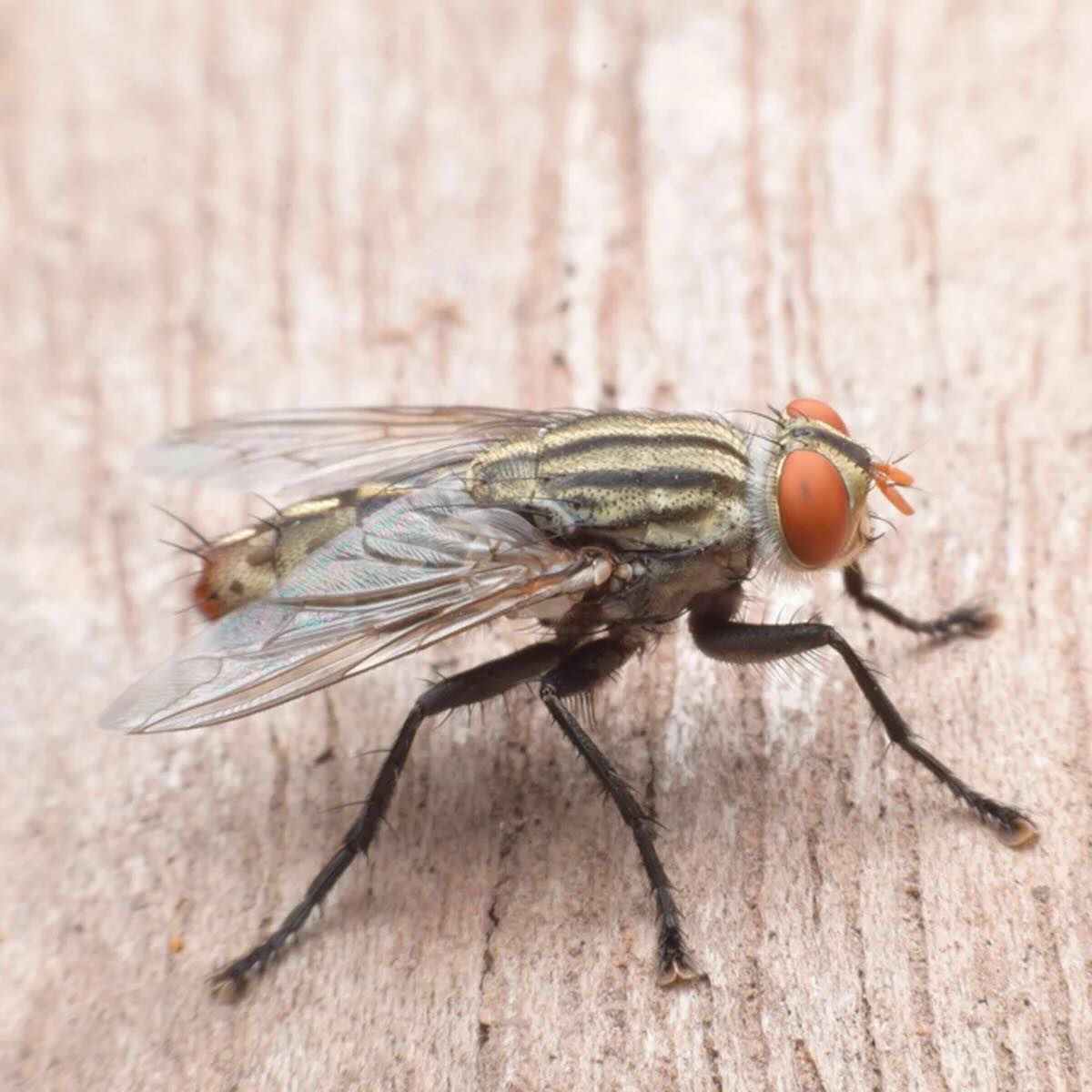



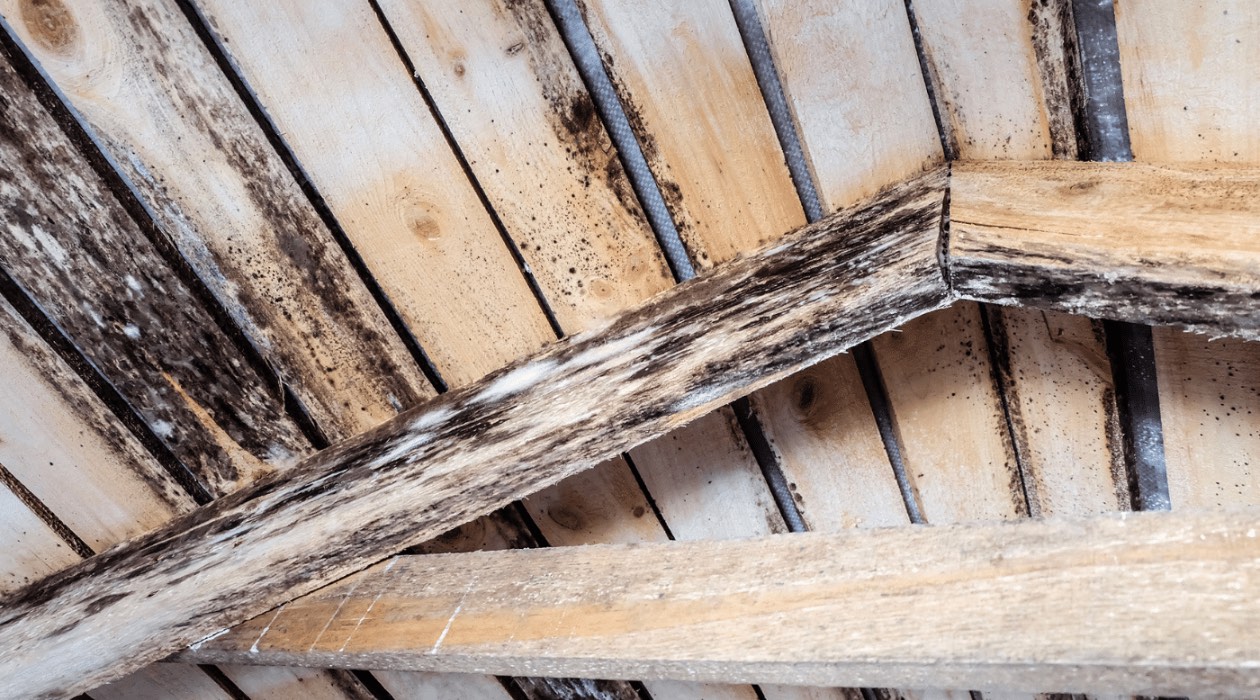



0 thoughts on “How To Get Rid Of Moisture In The Attic”